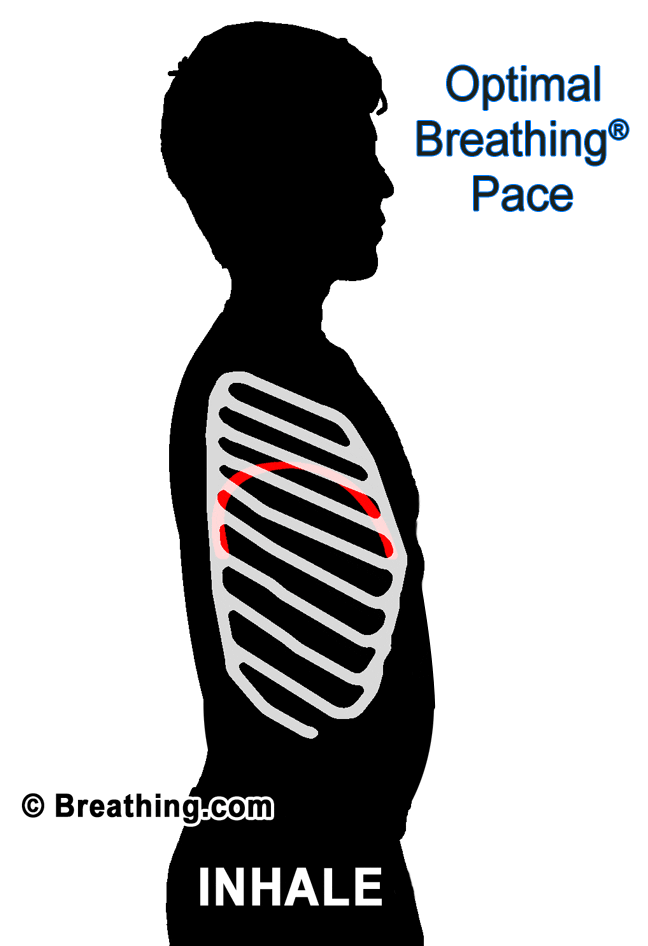We all know the mental and physical benefits of positive thinking and staying attuned to happiness. Even so, it seems humans are hardwired to direct their thoughts and attention to the negative— to all that’s lacking in and wrong with our lives. The 10 Breaths Practice is a quick and easy way to tune your restless mind into more positive frequencies.
10 Breaths for Happiness
Step 1: Activate Your Awareness
At those moments when you’re mired in negative thinking, check yourself. Switch off those gloomy thoughts and substitute in some positive ones. Simply find one thing in your life you’re grateful for…the cup of coffee you’re drinking…the pitter patter of rain on your window…the steady paycheck you’re receiving…anything big or small counts.
It’s also important to activate your awareness during awe-inspiring moments. Taken aback by the beauty of a sunset? Stop, and notice it! Enjoying a romantic dinner with your lover? Savor the moment by being aware, registering the sensations and emotions, and reflecting with gratitude on the present.
Step 2: Relish It
Be sure to settle into the moment, slowing down and pausing in appreciation. These feelings of peace, happiness, and gratitude should be fully cultivated.
Step 3: Breathe It In
Let’s stop time for a few seconds and really breathe the beauty of the moment into our bodies and minds. Take 10 slow, deep breathes. Notice how your mind wants to drift away to other places and thoughts and things to do! To help you focus on your breath, bring your hand to your belly so you can physically feel the breath moving in and out. Focus on the feelings, the colors, the smells, and the shapes that surround you.
Repeat as often as necessary and possible. The more often you use the 10 Breaths Practice, the more you will train your brain to focus on the positive and stray from the negative. Glen Schneider, meditation teacher and author of Breaths to Happiness: Touching Life in Its Fullness, writes that the neurons in the brain, “connect together chemically and electrically in clusters called neural pathways. Our sense impressions, memories, abilities, and emotional patterns are all encoded this way in the physiology of the brain. Mental traffic tends to follow existing routes, regardless of whether the neural pathway is appropriate, accurate, or actually beneficial.”
So we want to direct those neural pathways on the positive path. Practice makes positive…and positive makes perfect!
(Source: undergroundhealthreporter.com; http://tinyurl.com/n8hk3qd)












































